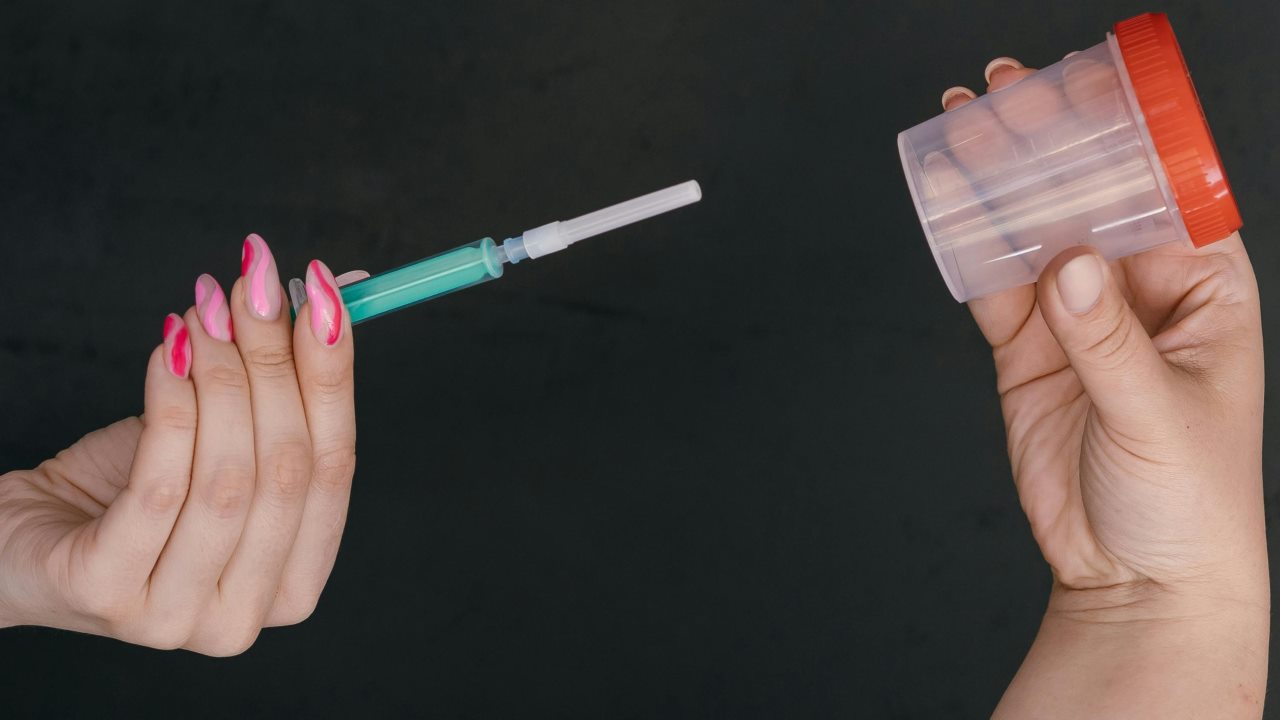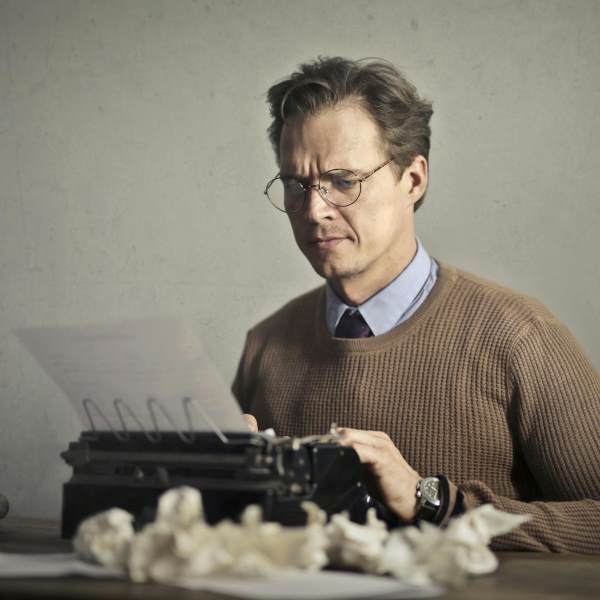Home insemination — also called self-insemination or DIY insemination — is a form of intracervical insemination (ICI). Fresh semen is collected in a clean cup and placed gently near the cervix with a needle-free syringe. Below you’ll find a clear step-by-step guide, realistic success ranges, practical timing tips, core safety points, and the essentials of UK legal parenthood when using a known donor.
What home ICI involves
The donor ejaculates directly into a sterile container (specimen cup). Draw the sample slowly into a 5–10 mL syringe and release it gently into the vagina, aiming towards the cervical opening. Unlike clinic-based intrauterine insemination (IUI) or IVF, there is no laboratory sperm preparation at home. That keeps costs low and the process simple, but it places more weight on careful hygiene, accurate timing, and the correct handling of fresh donor sperm.
For context on how long conception typically takes and the factors that influence it, see NICE’s fertility guideline and NHS overviews. Useful starting points: NICE CG156: Fertility problems and the NHS page on family-building routes including donor insemination Ways to become a parent.
Pros and cons at a glance
Pros
- Private and relatively inexpensive at home
- Flexible timing around ovulation
- No invasive procedures
Cons
- Limited evidence for success rates in the home setting
- No clinical screening or lab preparation of the sample
- With a known donor, legal parenthood and responsibilities require careful planning under UK law
Success rates: how to interpret them
Published data for at-home ICI are scarce. In practice, ranges of roughly 5–15% per cycle are often quoted when timing and hygiene are strong. For clinic pathways and why chances vary by cycle, see NICE CG156.
Home insemination with a syringe: step-by-step
- Wash hands, clean the work surface, and set out sterile single-use supplies.
- Collect the semen directly into a sterile specimen cup.
- Let it liquefy at room temperature for 10–15 minutes.
- Draw up slowly into a 5–10 mL needle-free syringe, avoiding large air bubbles.
- Lie on your back with your hips slightly elevated. Insert the syringe tip about 1–2 inches and press the plunger slowly.
- Rest quietly for 20–30 minutes.
Handle the sample gently, avoid cold packs or heat, and aim to use it within about 30 minutes of collection — generally no later than ~60 minutes at room temperature. These practical windows align with good laboratory practice in the WHO manual: WHO Laboratory Manual 2021.

Practical timing tips
- After a positive LH test, inseminate promptly. A second attempt about 12 hours later can help cover the ovulation window.
- Keep the sample at room temperature, do not shake, and avoid pushing the plunger hard.
- Use only lubricants labelled sperm-friendly and only if needed.
- Record cycle day, LH results, and insemination times to refine your plan.
NICE and NHS resources explain fertile-window timing and cycle variation; see NICE CG156 and NHS guidance linked above.
How home ICI compares with IUI and IVF
| Method | Where | Lab prep | Typical chance per cycle | Good to know |
|---|---|---|---|---|
| Home insemination (ICI) | Home | No | ~5–15% | Low cost and private; results depend on timing, hygiene, and correct handling |
| IUI | Clinic | Yes | Often several cycles required | Medical oversight and defined quality standards; see NICE CG156 |
| IVF | Clinic | Yes | Higher per-cycle rates | More invasive and costly, but highly protocolled; see NICE CG156 |
Safety and screening
If you are considering a private known-donor arrangement at home, ask for recent negative results for common STIs such as HIV, hepatitis B and C, syphilis, and chlamydia. If you use donor sperm through a UK fertility clinic, donors are screened under HFEA rules and you’ll receive legal and counselling support. See the HFEA’s overview of home insemination risks and safeguards: HFEA: Home insemination with donor sperm.
Syringe basics: use a clean, needle-free 5–10 mL syringe; do not let semen sit in the syringe for long; avoid extreme temperatures; and never attempt to “wash sperm at home”. For frozen banked samples, follow the provider’s thawing instructions exactly; note that ICI vs IUI vials differ. NHS notes that using a licensed clinic offers infection screening and legal clarity: NHS guidance.
UK legal basics
In the UK, clinics are regulated by the HFEA. At a licensed clinic, donors are screened; the donor is not a legal parent; and legal parenthood for partners depends on consent and status (for example, marriage/civil partnership or signed HFEA forms). See HFEA’s pages on legal parenthood and consent: Becoming the legal parents and Consent to treatment and storage.
Home insemination with a known donor is lawful, but legal parenthood can be complex outside a clinic. Informal arrangements may create uncertainty, particularly if the method of conception is disputed later. HFEA explains the risks of home insemination and why regulated pathways provide protection: HFEA guidance. For clarity in your circumstances, seek advice from a UK solicitor specialising in donor conception and the Human Fertilisation and Embryology Act.
When to see a clinician
- Under 35: no pregnancy after 12 months of well-timed attempts
- 35 and over: no pregnancy after about 6 months
- Immediately if cycles are very irregular, there is significant pain or fever, or you live with conditions such as endometriosis, PCOS, or thyroid disease
See NICE CG156 for investigation and referral thresholds.
Conclusion
Home ICI can be a pragmatic route in the UK if you prepare sterile supplies, hit the fertile window, and handle the sample with care. Keep concise notes on your cycle and timing, prioritise safety, and understand how HFEA-regulated pathways differ legally from informal arrangements. With a tidy plan, realistic expectations, and consistent timing, you give yourself the best chance to turn a simple method into steady progress.

